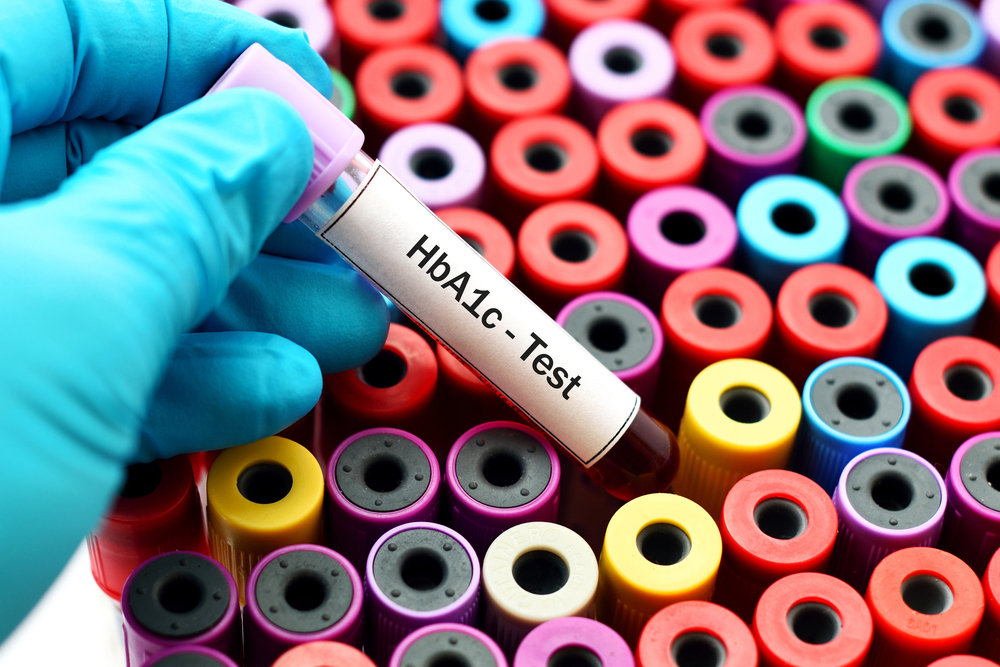Brittle Diabetes: Symptoms and Diagnosis

Diabetes is a prevalent condition in India, currently affecting over 101 million people in the country, as per a study by the Madras Diabetes Research Foundation. It’s a chronic condition characterised by the body’s inability to regulate blood sugar levels effectively. It comes in various forms, each with its own unique challenges and management strategies, such as using insulin, a proper diet, and a healthy lifestyle.
Among those with diabetes, three out of every 1,000 insulin-dependent patients develop a more severe form of the condition, known as brittle diabetes. Although not a full-fledged medical condition, this type of diabetes can make diabetes management difficult for patients.
Here’s everything to know about the condition, including its causes, symptoms, risk factors, and management.
What is brittle diabetes?
Brittle diabetes, also referred to as labile diabetes, represents a small, yet significantly challenging subset of diabetes mellitus. Brittle or labile loosely translates to ‘unstable’ or ‘easily changed.’ Indeed, this condition is characterised by unpredictable and severe swings in blood glucose levels, leading to frequent and often dangerous episodes of hyperglycemia and hypoglycemia.
Brittle diabetes is more of a complication than a separate condition. It’s almost always linked to type 1 diabetes and is widely considered as a subset of the condition.
What are the causes of brittle diabetes?
The exact causes of brittle diabetes are multifactorial, often stemming from a combination of physiological and psychological factors. At its core, it disrupts the body’s ability to regulate blood glucose levels.
This disruption is typically more pronounced than in standard cases of type 1 diabetes and is often exacerbated by external factors, like:
- Physiological Factors: These include irregular absorption of insulin, variability in insulin action, and hormonal imbalances. Additionally, conditions like gastroparesis can also lead to erratic changes in blood glucose levels. Conditions that affect the small intestine, like celiac disease, can also lead to brittle diabetes. Endocrine disorders, as well as autoimmune conditions like Celiac disease, can also contribute.
- Psychological Factors: Emotional stress and psychiatric disorders like depression and anxiety are known to significantly influence the body’s ability to process insulin and blood glucose control.
What are the risk factors?
Brittle diabetes is more common in individuals with type 1 diabetes, though it can occasionally occur in those with type 2. In addition to type 1 diabetes, there’s a high chance of brittle diabetes in individuals who:
- Have had diabetes for a long time
- Are female
- Suffer from frequent hormonal imbalances
- Don’t adhere to their diabetes management plan
- Have prevalent psychiatric disorders
- Have recurrent infections
- Are overweight
- Are in their 20s or 30s
What are the symptoms of brittle diabetes?
Brittle diabetes symptoms mirror those of typical diabetes but are often more severe and change unpredictably, leading to the “roller-coaster effect”. Common symptoms include:
- Extreme fluctuations in blood glucose levels
- Frequent episodes of hypoglycaemia and hyperglycaemia
Depending on which way the glucose levels are swinging, the symptoms can vary widely. If someone’s blood sugar level is very low, below 70 mg/dl, they can exhibit hypoglycaemic symptoms like:
- Feeling shaky
- Nervousness or anxiety
- Sweating and chills
- Irritability and confusion
- Racing heart rate
- Dizziness and nausea
- Blurred vision
- Weakness and headache
- Seizures and unconsciousness
Signs of hyperglycaemia
- Polyuria or frequent urination
- Polydipsia or extreme thirst
- Blurred vision
- Fatigue
- Headache
How is brittle diabetes diagnosed?
As brittle diabetes is a descriptive term rather than a specific medical condition, there’s no dedicated diagnostic procedure for it. It’s recognized mainly by extreme glucose variability, as verified by several factors:
- Severity of Daily Fasting Glucose Fluctuations
- Frequency of Glucose Swings
- Glucose Excretion in Urine
- Urine Tests for Ketones
- Unexpected Hypoglycemia Incidents
A definitive diagnosis usually follows persistent, severe hypoglycemia or hyperglycemia episodes that disrupt daily life or lead to hospitalization.
How to manage brittle diabetes?
Brittle diabetes management involves a combination of advanced treatments and addressing underlying causes. Key treatment options include:
- Continuous Glucose Monitor (CGM): This device continuously tracks glucose levels, providing real-time data to preemptively manage blood sugar fluctuations.
- Insulin Pump Therapy: Insulin pumps deliver consistent and precise doses of insulin, reducing the risk of severe glucose variability.
- Islet Cell Transplantation: This involves transplanting healthy insulin-producing cells from a deceased donor’s pancreas into the patient’s liver, aiming to restore natural insulin production.
- Pancreas Transplant: A complete pancreas transplant from a donor can be considered in severe cases, offering the potential to normalise glucose control.
Additionally, addressing psychological factors is crucial. Therapy and stress management interventions can significantly improve diabetes management.
FAQs
1. What does it mean to be a brittle diabetic?
To be a brittle diabetic is to have severe swings in blood glucose, which can cause frequent episodes of hypoglycaemia or hyperglycaemia.
2. Is there a cure for brittle diabetes?
No, brittle diabetes can’t be completely cured. However, continuous glucose monitoring and insulin pumps can help manage the fluctuations between hypoglycaemia and hyperglycaemia.
3. What causes brittle diabetes?
Various physiological and psychological factors can lead to brittle diabetes, such as anxiety, depression, celiac disease, being overweight, gastroparesis, etc.














